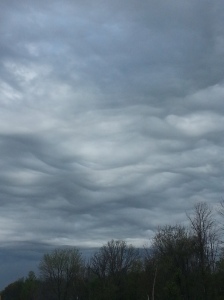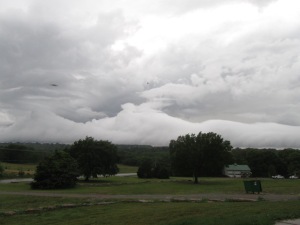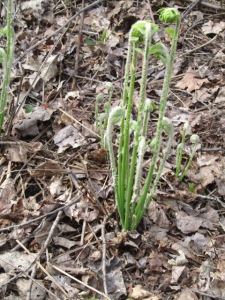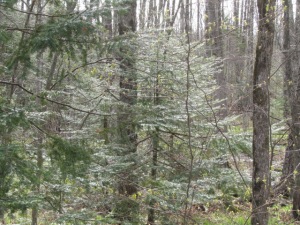The 2013-2014 school year is winding down (and in some locations already done). But, that does not mean learning or the enjoyment of science stops – in fact this can be the best time of year to explore and build upon what your students have learned (or you for that matter).
My husband and I recently took a trip to part of the United States we had never been before – the Upper Peninsula of Michigan and the “North Woods” area of Wisconsin. Having just taught Earth Science – I found myself looking at the geology and the weather with a different eye. We even had discussions about the true technical names of various features and debates how to categorize various items. Here are some examples:
* What is the name of a rock or boulder left behind by a glacier? – An erratic
* What is the name of the hillocks left behind by a glacier? – Moraines
* Where is the ice age trail? The North Woods area of Wisconsin
* Just where does the Mississippi-Missouri drainage basin fit in terms of drainage basins in the world? It is number 3 – the Amazon is number 1.
Questions like these come up while you are traveling place to place. You may also have the fun mythology of the formations as well – why is Minnesota the land of 10,000 lakes? They are the foot prints from Babe the Blue Ox. Or, from geology – they are the result of glaciation. PS – the name comes from the Dakota word for “clear water”. It is an easy way to bring in literature, folklore and science – without the stuffiness of a text book.
You can use the time to enhance observations – just check out these pictures – taken during our trip. The following are two different examples of cloud formations. They were interesting to the eye.
Here are some other observations from the North Woods – are they mushrooms? What is the plant going to be? 
And look at how the dew decorates the fir tree.
All of these – are just observations – but lead to questions – and questions lead to exploration. Use this time to explore.



